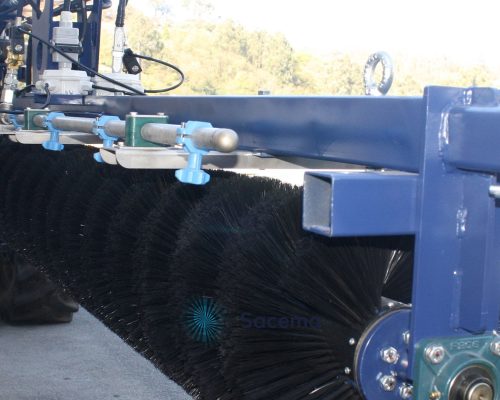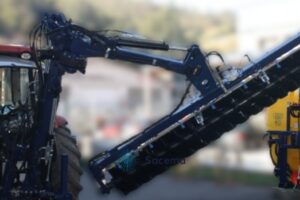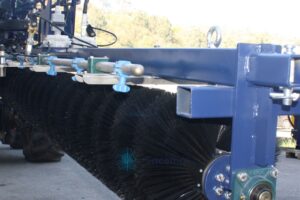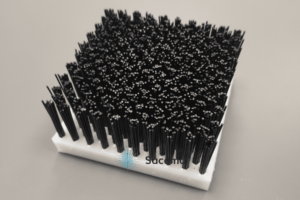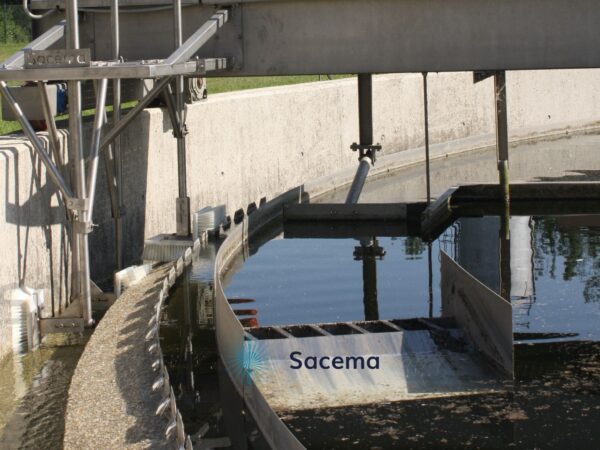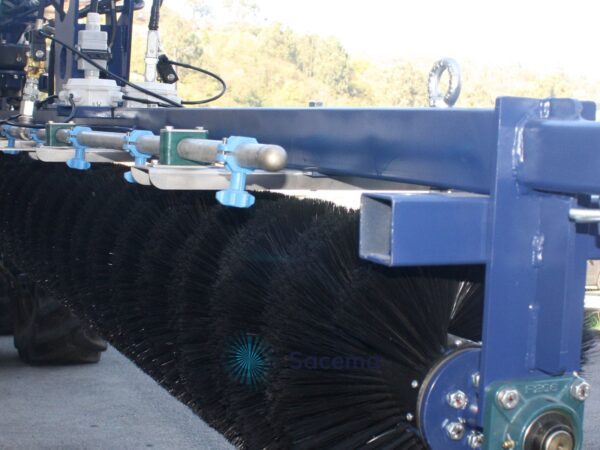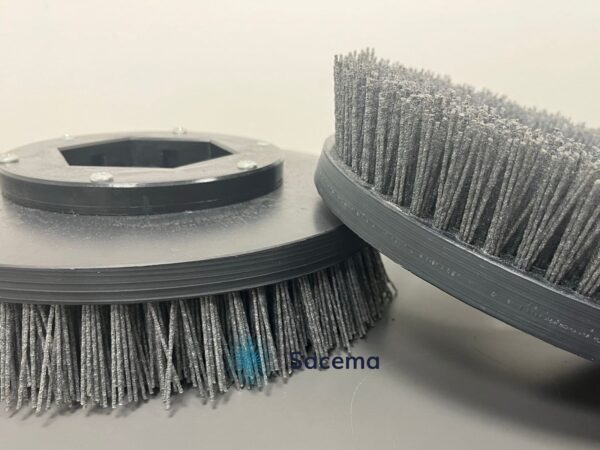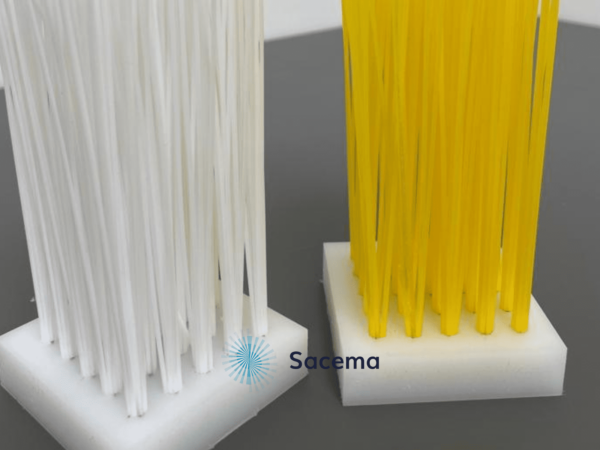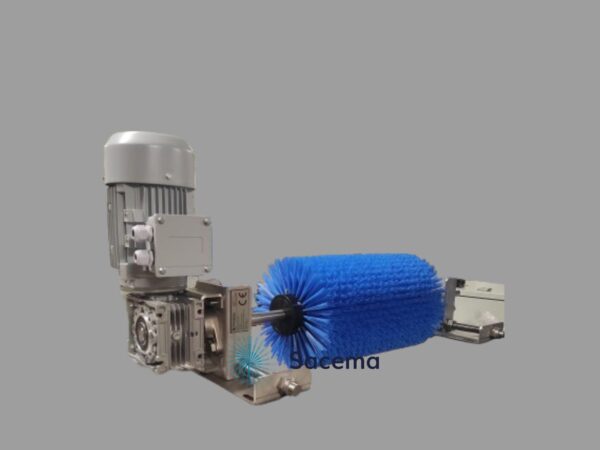In the new energy generation mix, renewable energies are increasingly taking centre stage and will gradually become more prominent until they dominate in a few years’ time.
In this generation mix of both sustainable and renewable energy sources, as well as conventional ones, solar farms have been gaining prominence in areas with good solar radiation due to the reduced costs of solar panels and their low maintenance and operation costs.
During the design phase of solar panel farms, it’s important to consider several aspects: location, local climate conditions, fixed orientation or tracking systems, seasonal performance of solar panels, conversion technology, storage options, machinery access for maintenance, distance to the electrical grid, points of consumption, and the need to keep them clean to ensure long-term efficiency.
Until now, distance to population centres and the availability of personnel for operation and maintenance tasks, as well as local service providers for these solar farms, have not been adequately considered but are equally important.
Complementarity of Solar Panel Gardens:
Each energy generation source, as part of the energy mix, complements others and contributes where they are most effective and profitable.
Solar panel farms, whether photovoltaic or solar thermal, harness solar radiation to generate clean and efficient energy, but naturally, they only generate during daylight hours. Furthermore, their generation depends on weather conditions rather than demand, making it necessary to complement them with other generation and/or storage systems.
New technological developments are focused on efficient battery storage systems, as solar panel farms generate electricity intermittently based on varying solar radiation throughout the day. Batteries help stabilize and supply energy to the grid.
The Best Season for Solar Panel Farm Energy Production:
The season of the year and geographical location play crucial roles in the efficiency and performance of solar panel farms, determining the feasibility of their installation.
Ideally, spring and summer are considered the best periods for energy production in solar panel farms due to higher solar radiation during these seasons.
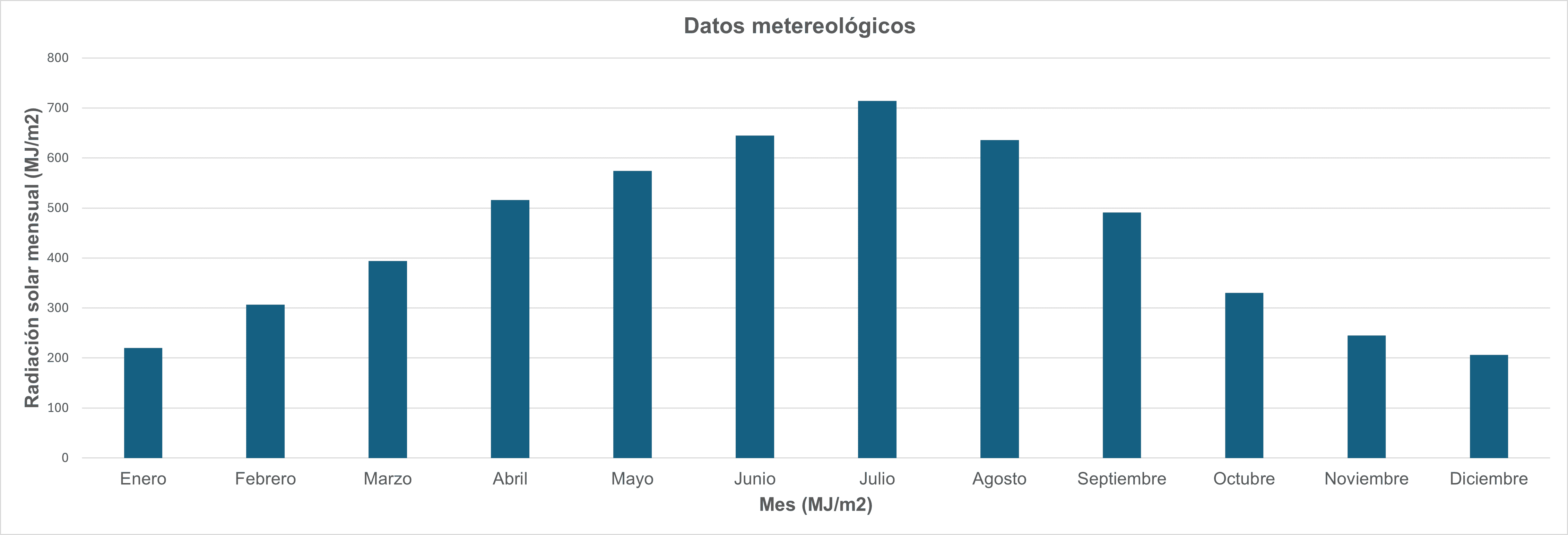
The attached graph shows monthly solar radiation in the Madrid region, indicating that the months with the highest radiation are in the spring-summer season. Therefore, choosing to install solar panels during spring emerges as a strategic option for the northern hemisphere; in the southern hemisphere, it would be during the summer months, specifically December and January.
During spring and summer, longer daylight hours and increased sunlight intensity result in higher energy production. Warmer temperatures also enhance the efficiency of solar panels by improving electrical conductivity.
Seasonal Performance of Solar Panels:
While spring and summer offer optimal conditions for solar energy generation, solar panels effectively produce electricity throughout the year, including winter. Despite shorter days and potentially lower solar radiation intensity in winter, advancements in solar panel manufacturing enable them to capture diffuse sunlight and generate electricity efficiently even under less intense light conditions.
It’s important to note that solar panel performance varies significantly based on geographic location, panel tilt, and shade exposure. Proper orientation and placement in shade-free areas that receive ample sunlight, along with regular panel cleaning, are essential for ensuring optimal year-round performance.
The Need to Clean Solar Panels:
Regular cleaning of solar panels is crucial to maintaining their efficiency and prolonging their lifespan. Over time, panels can accumulate dust, dirt, leaves, bird droppings, or other debris, reducing solar radiation absorption and electricity generation capacity.
Following cleaning, panel efficiency gradually decreases as they accumulate dirt, potentially reducing solar panel efficiency by up to 20% in extreme cases of heavy soiling. Therefore, it’s advisable to clean solar panels several times a year, more frequently in areas prone to pollution or dirt accumulation, depending on local conditions and community activities.
Solar farm cleaning is a straightforward process but requires sufficient time and resources, both human and material, depending not only on the farm’s size but also on access possibilities with heavy machinery or the number and layout of modules.
Conclusion:
In conclusion, solar panel farms play a significant role in the energy generation mix as a profitable renewable energy source. Choosing the optimal location for installation, alongside energy storage technology, efficient operation, and regular panel cleaning, are key factors in ensuring their long-term efficiency and performance.
By harnessing solar radiation, we can move towards a greener and more habitable world for future generations while reducing energy dependence on third-party countries, thereby balancing the energy generation mix.

